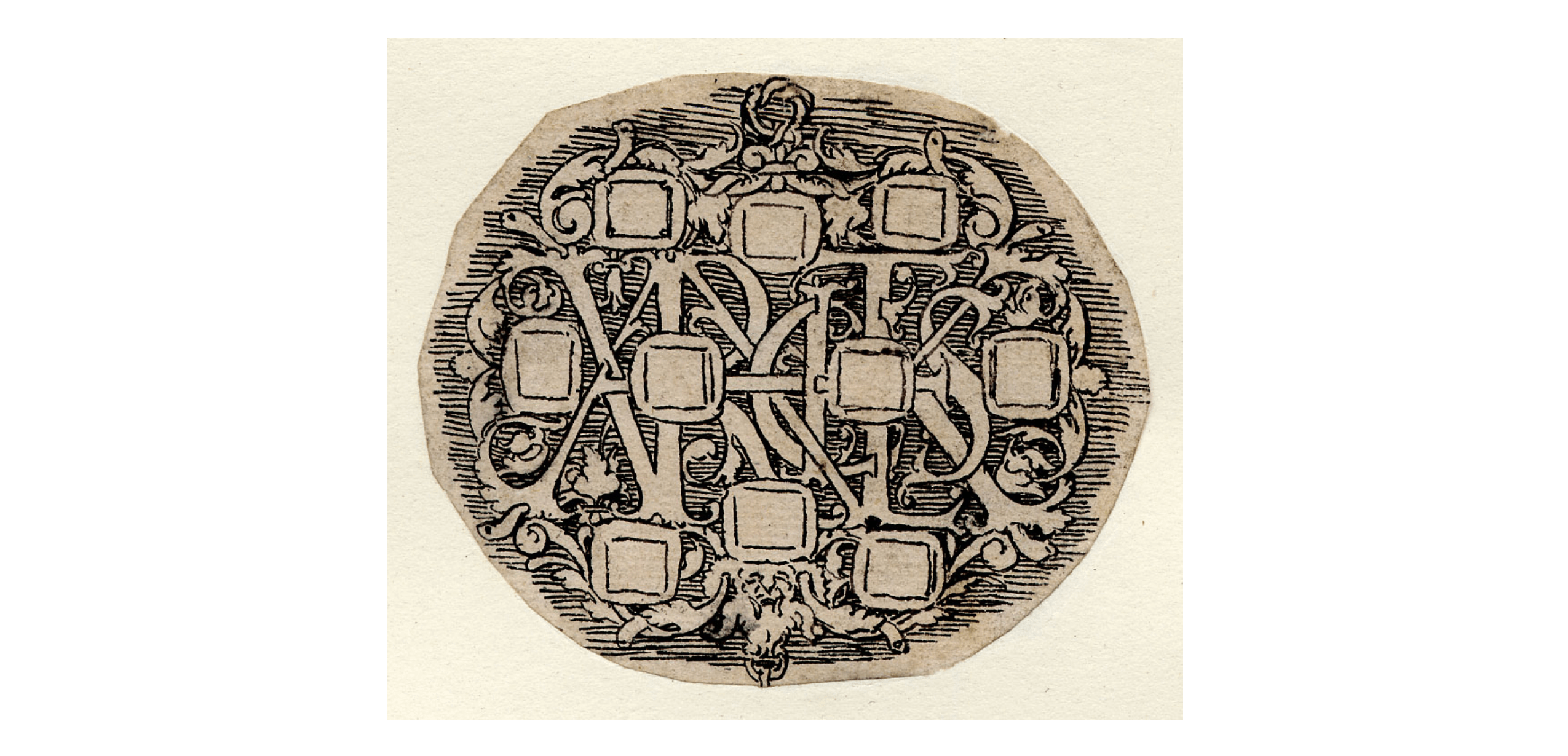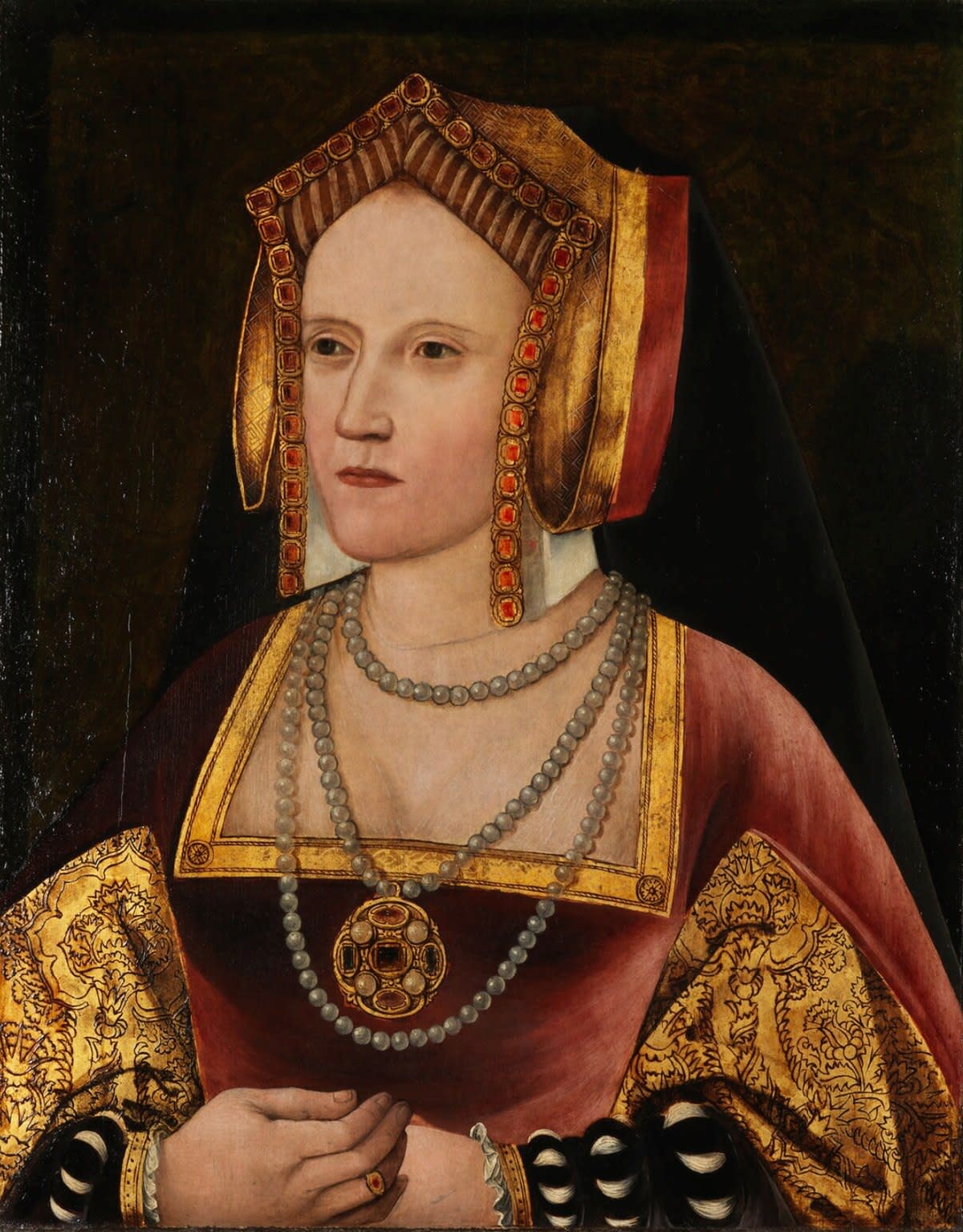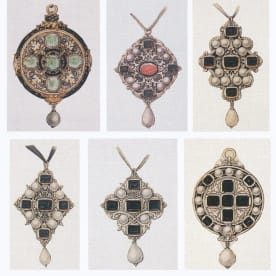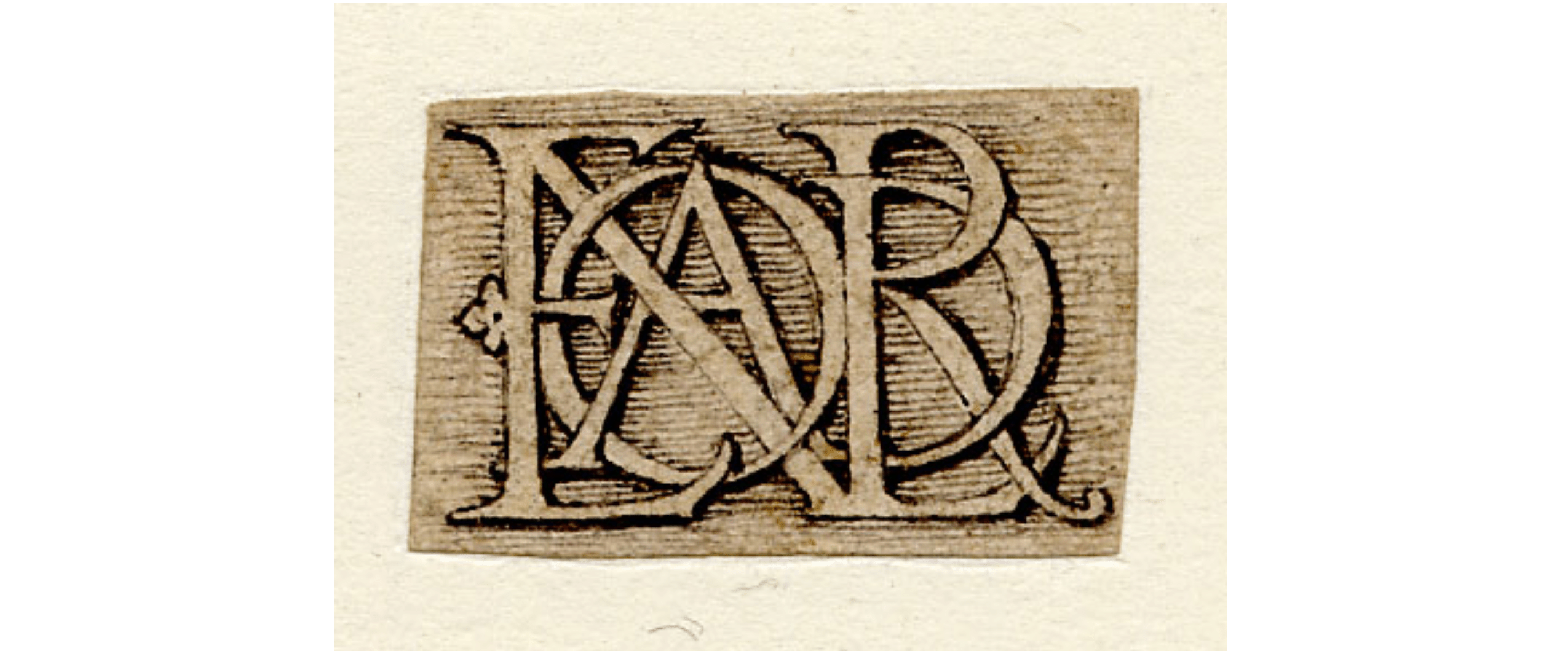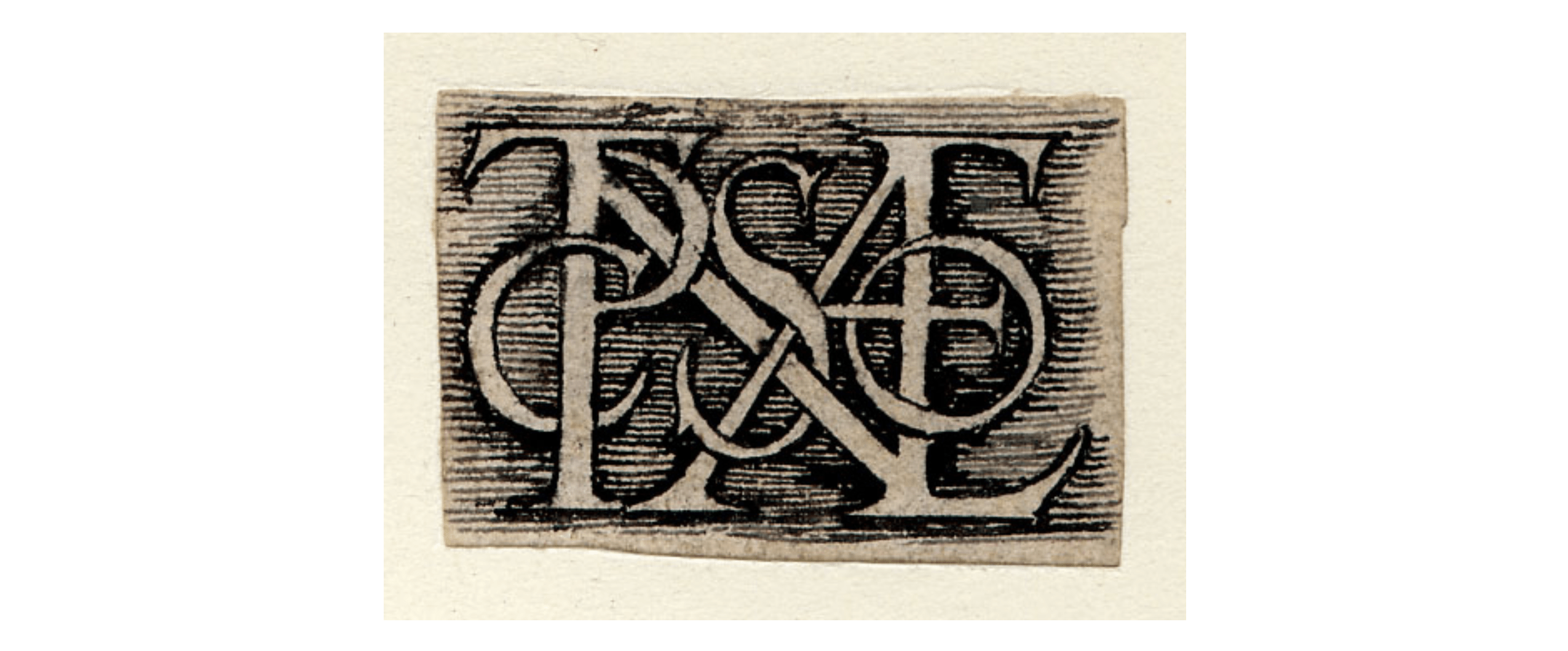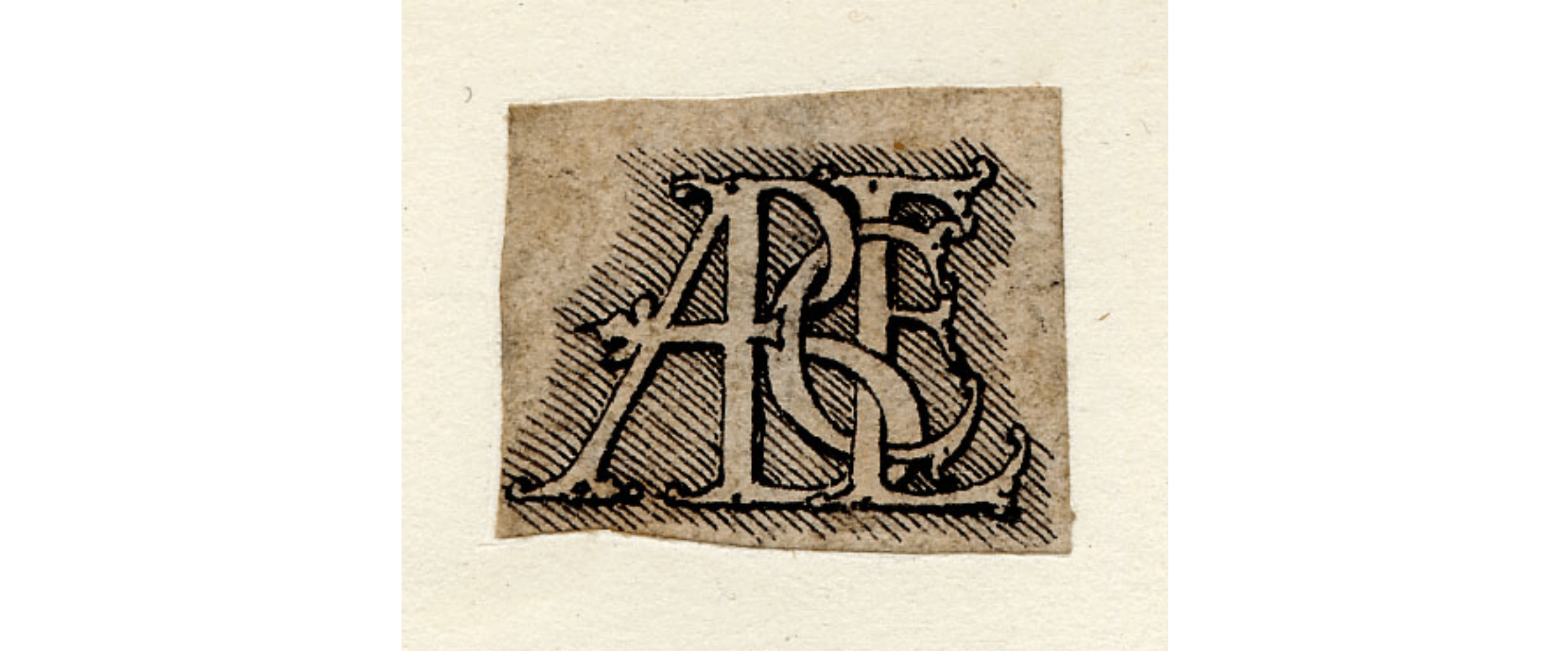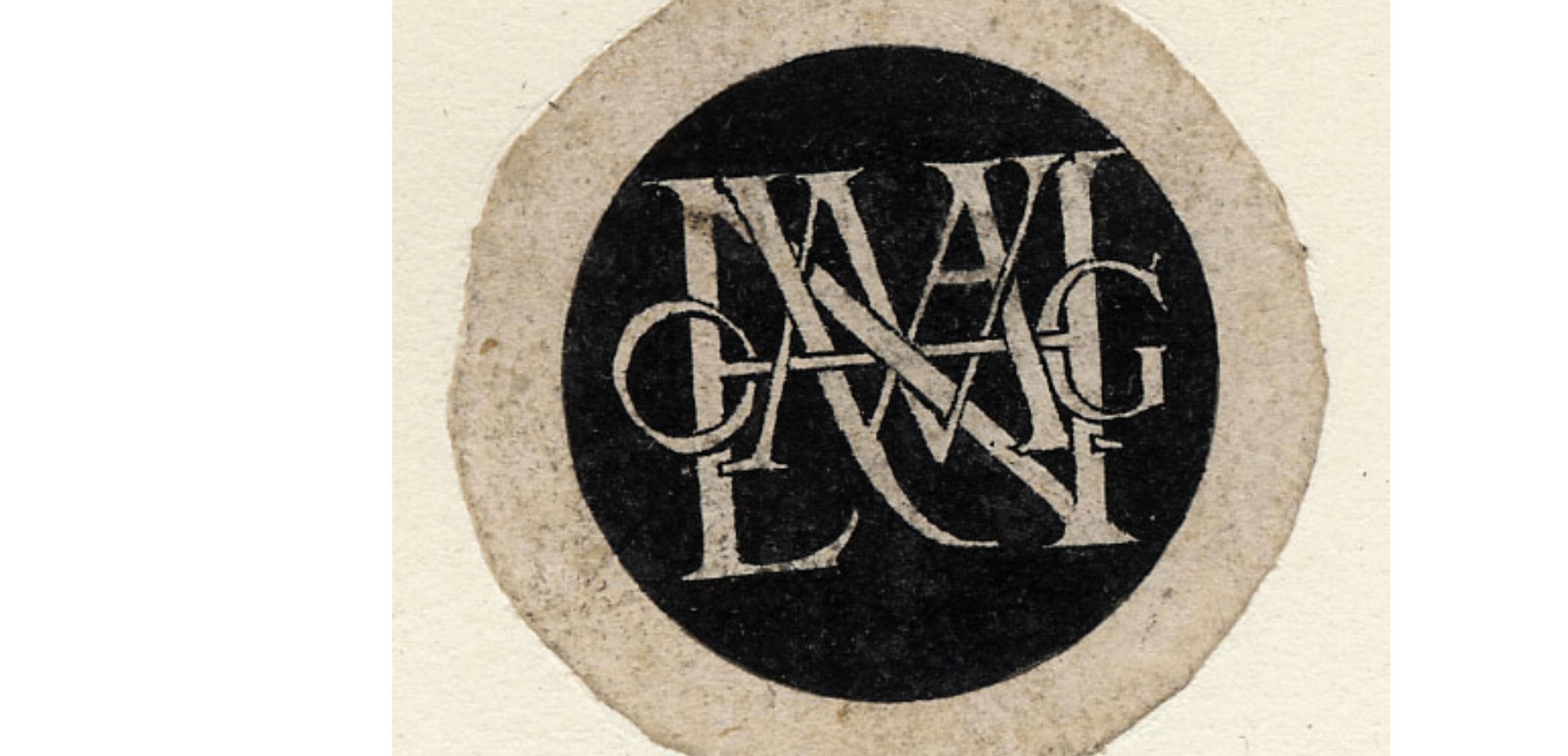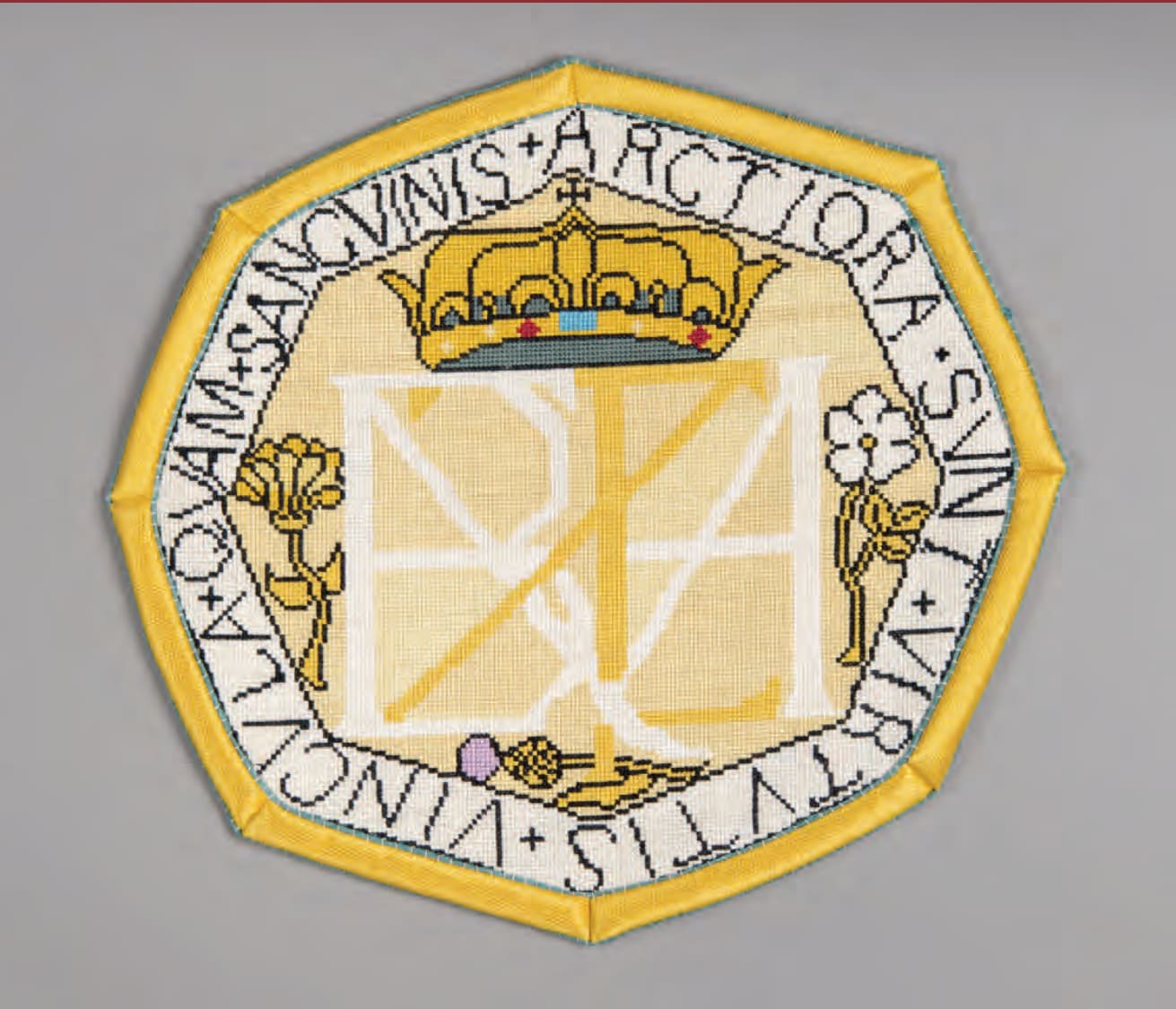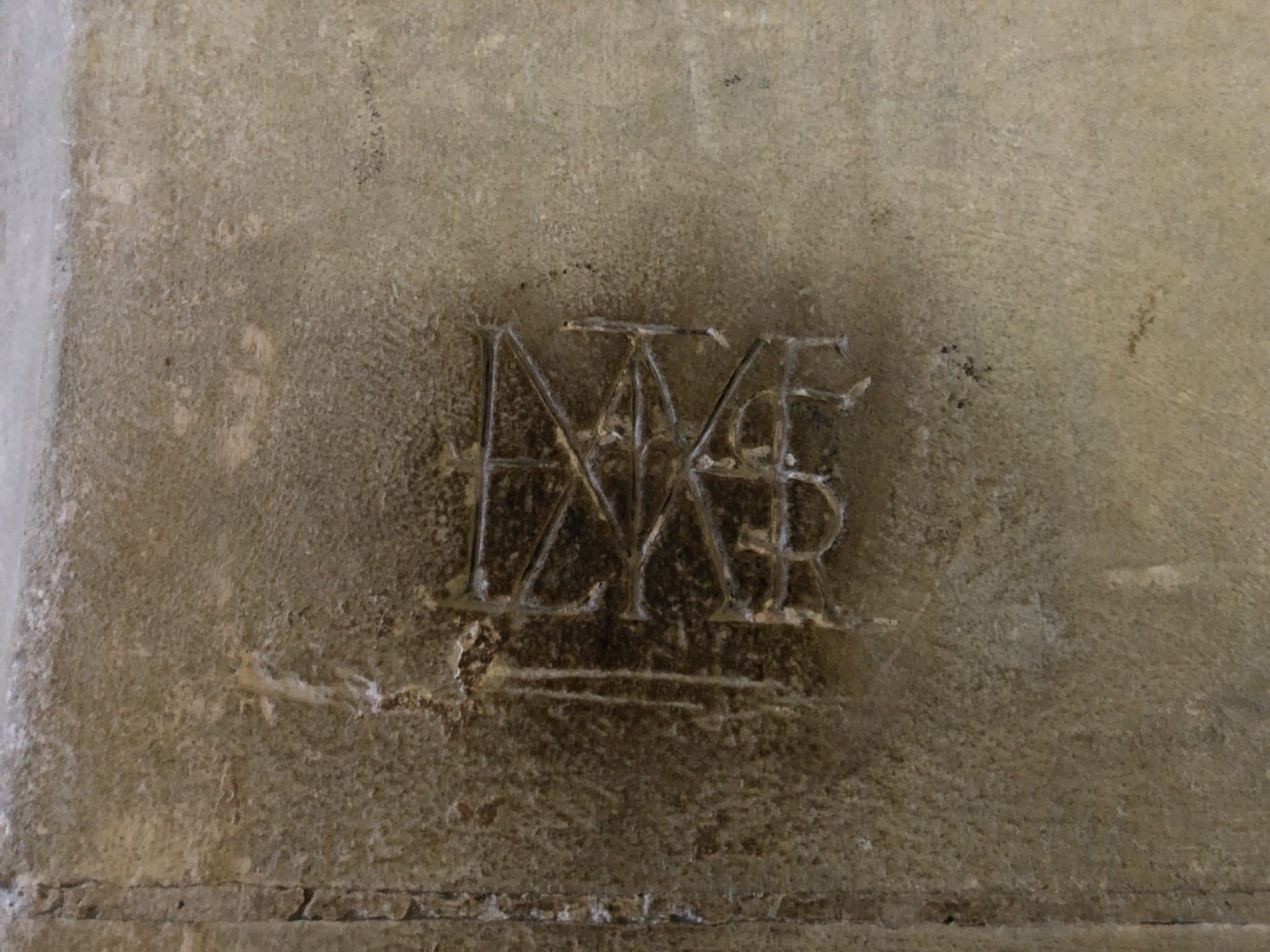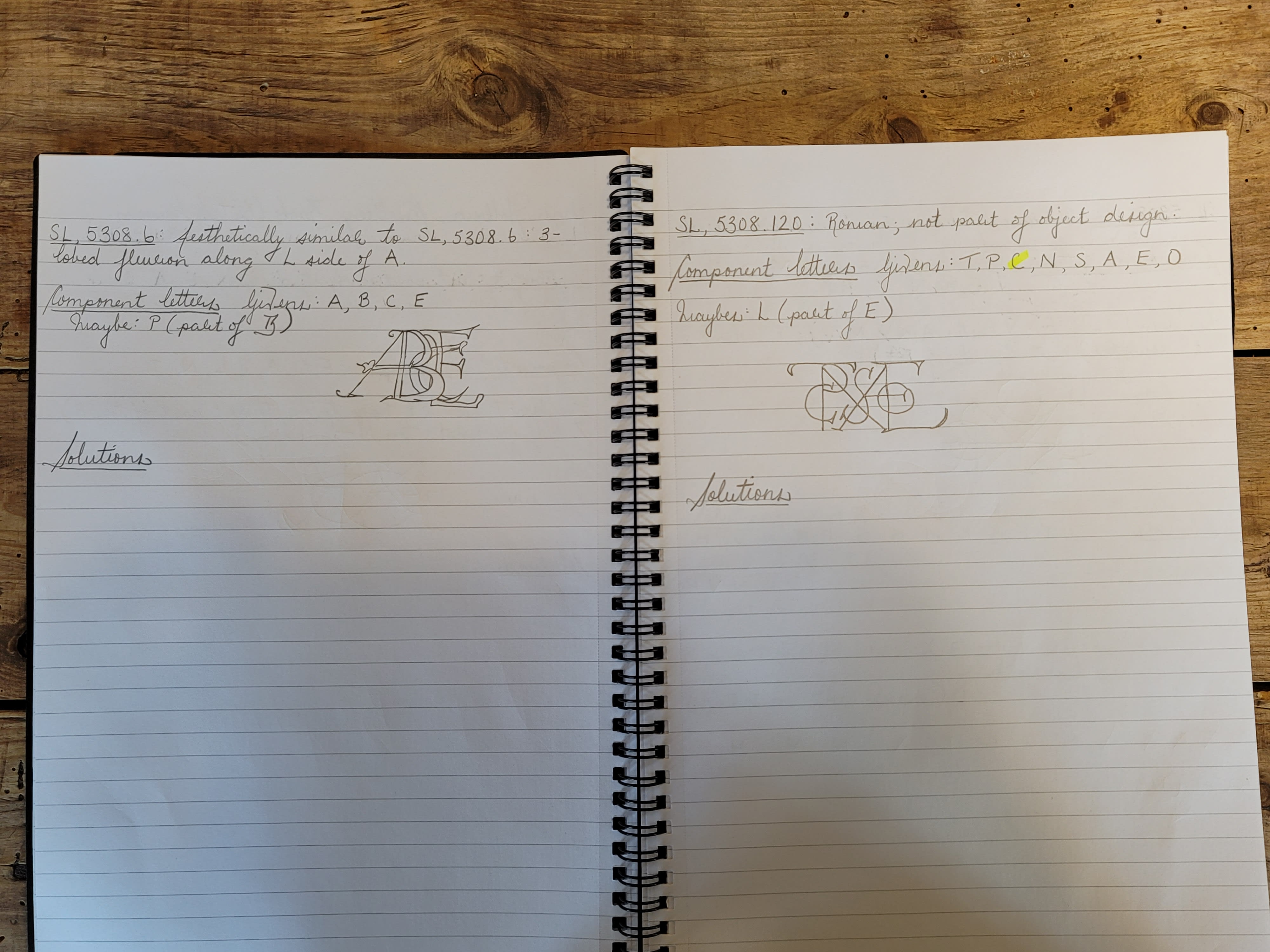Women's voices have been largely unheard through most of history, but according to Harvard literary scholar and self-described "book detective" Vanessa Braganza, they are there in plain sight if we choose to see them.
Braganza specialises in ciphers - coded messages - and recently uncovered what she believes to be a long-overlooked example of defiance by the first wife of King Henry VIII.
While studying a pendant design by court painter Hans Holbein, Braganza used a method she describes as "early modern Wordle" to decode the cipher she says demonstrates the Tudor queen's conviction of her own enduring legitimacy.
Braganza posits that the pendant was commissioned by Catherine of Aragon during the period when the king was trying to divorce her to marry Anne Boleyn, with whom he had become infatuated.
"I believe that the message, the words that I've pulled out of it, are actually very deliberate, so I think it was more than 'design me a clever thing'," she says.
The initials include prominent use of the initials H, R and C.
"I think that she would have had in mind the names Henricus Rex and Catherine - because Henricus Rex was a common formula and monarchs use it repeatedly. You can see in various Tudor buildings the monogram HR for Henricus Rex, this was a common formulation for the king, and so the deliberateness of it is to legitimise her by yoking her name together not just with his but with that formulation - it identifies her as the legitimate queen."

Photo: Supplied
Catherine of Aragon was Henry VIII's first wife of six, and they were together for almost 24 years before their marriage was famously annulled.
"This is something that really gets overshadowed by what comes after her; obviously this is a period of enormous destruction, enormous iconoclasm destruction, both of Catholic objects and buildings and also of people.
"So there's a cataclysm that follows Catherine, and so I think she sometimes gets relatively eclipsed by what comes after, but they were married for a long time and she was a stubborn woman. This is a woman - we have a solid historical record - who did not accept first the proposed divorce and then the annulment.
"Her nephew was Charles V, the Holy Roman Emperor, she had connections with the Pope, and she was enlisting foreign help to prevent Henry from separating from her, and she was not taking it lying down, so the message in this pendant is completely in accord with what we know about her."
Holbein was known for creating complex intricate designs from sets of letters - often a dozen or more - with hidden meanings that were "not immediately legible" to outsiders.
"Historians do know this is a period of development in cryptography, and also development in this kind of monogram ciphers," Braganza says.

Hans Holbein the Younger was known for his portraits and inclusion of symbolic objects and sometimes hidden meanings, such as this one: The Ambassadors. Photo: Public Domain
Another notable cipher from English history was decoded from an intricate design on the cover of a book, and recognised as a monogram of the writer Lady Mary Wroth, who lived from 1587 to the mid-1600s.
Braganza said Wroth is not a well known name in history, but should be. Wroth wrote a prose romance now thought of as a proto-novel, called Urania, which Braganza said was prompted - along with the monogram cipher, by her romance with her cousin and arts patron William Herbert, who has also been linked with Shakespeare.
Another woman of history who famously used cipher codes was Mary Queen of Scots.
"Mary Queen of Scots is a great example of the different kinds of ciphers that were propagated during this period - she embroiders herself monogram ciphers during her 20-year imprisonment in England," Braganza says.
"During that time she also writes ciphered letters... to foreign allies, and they culminate at the end of her imprisonment with letters to this young man called Anthony Babington, who has 16 confederates who are planning to overthrow [the English queen] Elizabeth and replace her with Mary Queen of Scots. These are letters that substitute one symbol for every letter of the alphabet ... it's another example of how cryptography is just flourishing in this time period."
